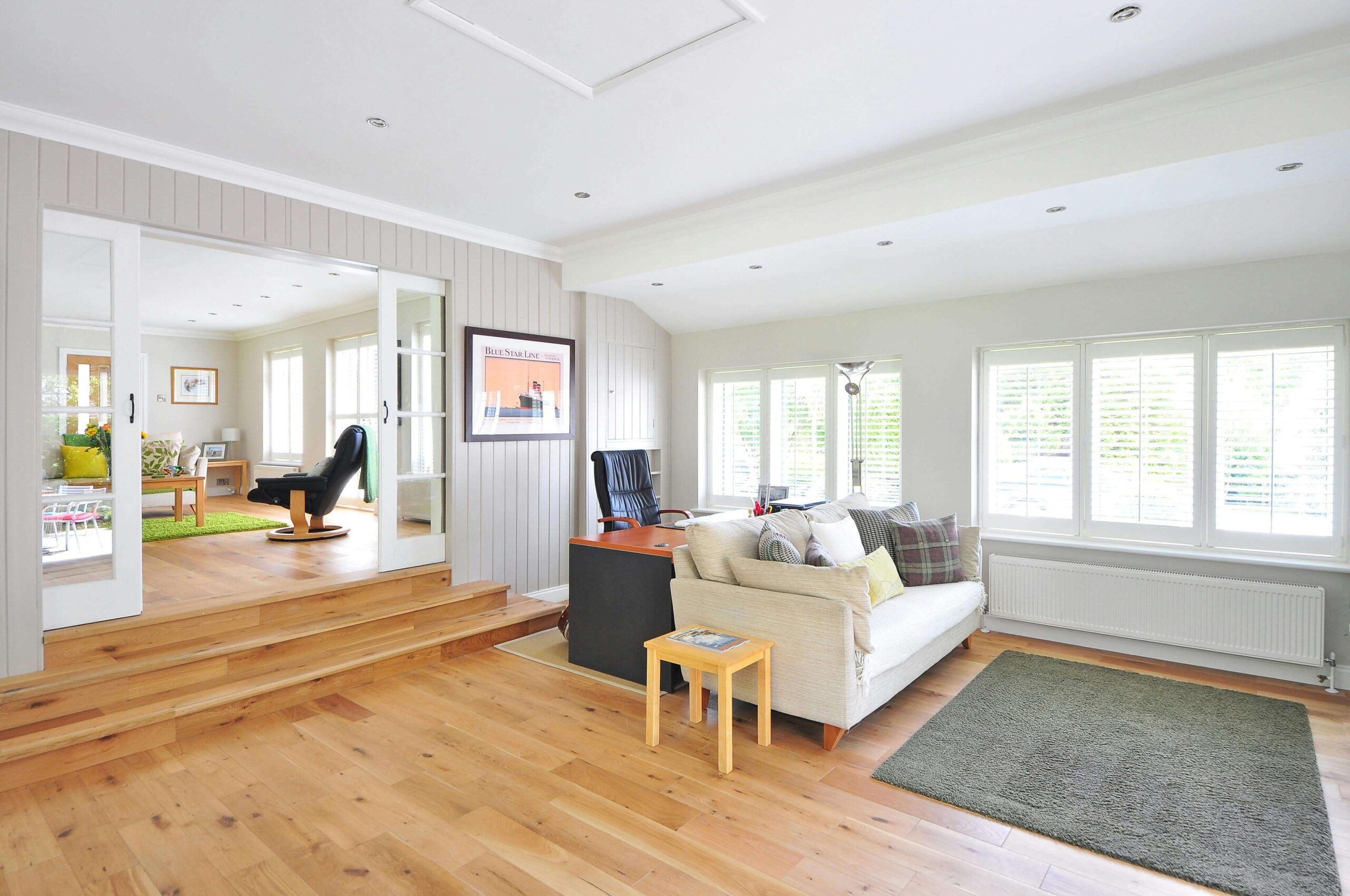
Step into any standout NYC home, and you’ll notice it immediately—the floors make a statement. From sustainable bamboo that captures natural light to dramatic herringbone patterns that define luxury, your flooring choice sets the tone for everything above it.
In 2025, flooring has evolved beyond mere functionality to become a cornerstone of interior design that dramatically influences comfort, aesthetics, resale value, environmental responsibility, and even wellness.
In the most coveted New York urban areas, particularly in dense metropolitan areas like Manhattan, Queens, and Brooklyn, homeowners are increasingly seeking flooring solutions that merge innovation with practicality and timeless appeal.
Whether you’re renovating a brownstone, upgrading a city apartment, or investing in real estate, these 15 flooring trends will help you create spaces that impress now and endure for years to come.
With a shift toward sustainability, smart tech, and luxe-yet-durable finishes, this year’s flooring trends are all about blending beauty with practicality.

The shift toward environmental consciousness has firmly established sustainable flooring as a dominant trend in 2025. Bamboo, cork, and reclaimed wood have moved from niche options to mainstream choices for NYC homeowners.
Bamboo has become particularly popular due to its rapid renewability, maturing in just 3-5 years compared to hardwood’s decades-long growth cycle. Cork, harvested without harming trees, offers natural sound insulation—a significant benefit for apartment dwellers in bustling Brooklyn and Manhattan neighborhoods. Meanwhile, reclaimed wood flooring tells a story while reducing environmental impact, making it perfect for those historic brownstone renovations.
Besides their eco-friendly appeal, these materials offer remarkable durability and timeless aesthetics that complement various design styles, from industrial lofts to traditional townhomes.

After years dominated by cool grays, 2025 marks a decisive shift toward warmer tones. Taupe, beige, rich browns, and terracotta hues are creating cozier, more inviting home environments.
These warmer palettes work particularly well in NYC apartments where natural light may be limited, adding perceived warmth to spaces that might otherwise feel stark. The trend extends across all flooring materials—from engineered hardwood to luxury vinyl and even porcelain tile that mimics natural stone.
The move toward these earthy, grounding tones reflects a broader desire for homes that feel like sanctuaries, especially important in urban environments where outdoor space is limited.
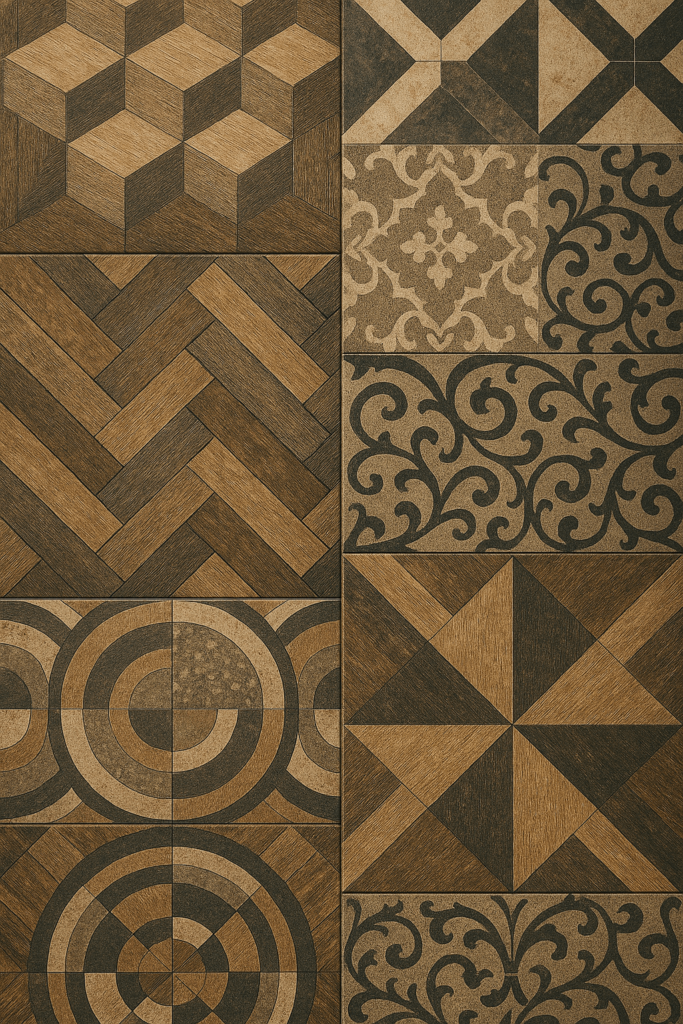
Static, uniform flooring layouts are giving way to more dynamic installations. Herringbone, chevron, and geometric tile patterns are adding visual interest and personality to floors across NYC.
These patterned layouts add depth and movement to spaces, making even modest-sized apartments feel more custom and luxurious. Particularly popular in entryways and main living areas, these statement floors serve as the foundation for the room’s entire design concept.
The revival of parquet flooring in contemporary settings speaks to this trend’s staying power—blending historical references with modern sensibilities in a way that resonates with design-forward New Yorkers.
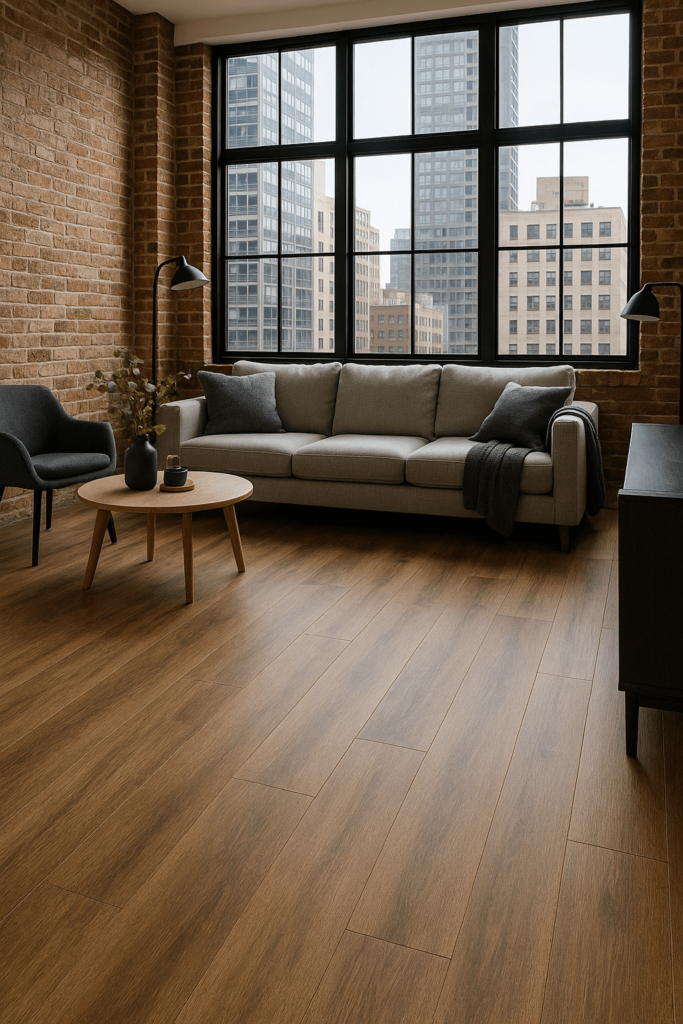
In a city where water damage concerns are ever-present—from potential building plumbing issues to weather-related flooding—waterproof flooring solutions have become essential.
Luxury vinyl plank (LVP), porcelain tile with wood-like finishes, and new waterproof engineered wood options offer peace of mind without sacrificing style. These materials are particularly well-suited for NYC apartments, basement renovations in Queens and Brooklyn townhomes, as well as in family homes where spills are inevitable.
The technological advancements in these products mean waterproof no longer equals utilitarian.
Flooring contactors in NYC now have many options that convincingly mimic the look and even
texture of natural materials while offering superior protection against moisture.
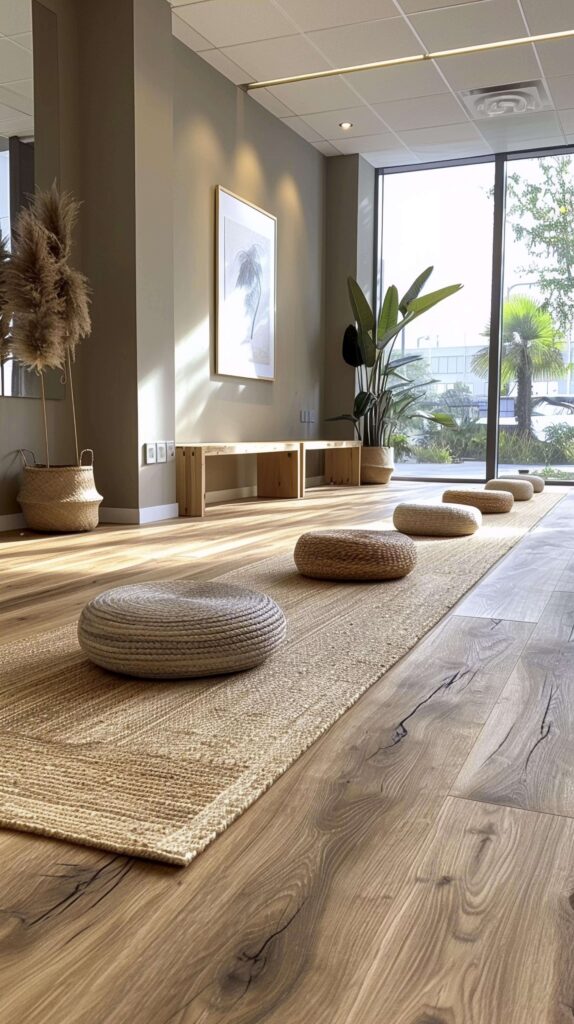
Biophilic design—which seeks to connect occupants more closely with nature—has significantly influenced 2025’s flooring choices. Natural finishes, organic textures, and materials that visually link to the natural world are increasingly sought after.
This trend reflects urban dwellers’ desire to maintain connections with nature despite living in concrete landscapes. Floors with visible grain patterns, subtle texture variations, and natural color fluctuations help create this connection while enhancing overall well-being.
For NYC apartments with limited access to outdoor spaces, it’s crucial to choose the perfect flooring for your home. Biophilic flooring elements help create that crucial indoor-outdoor harmony that contributes to mental well-being.
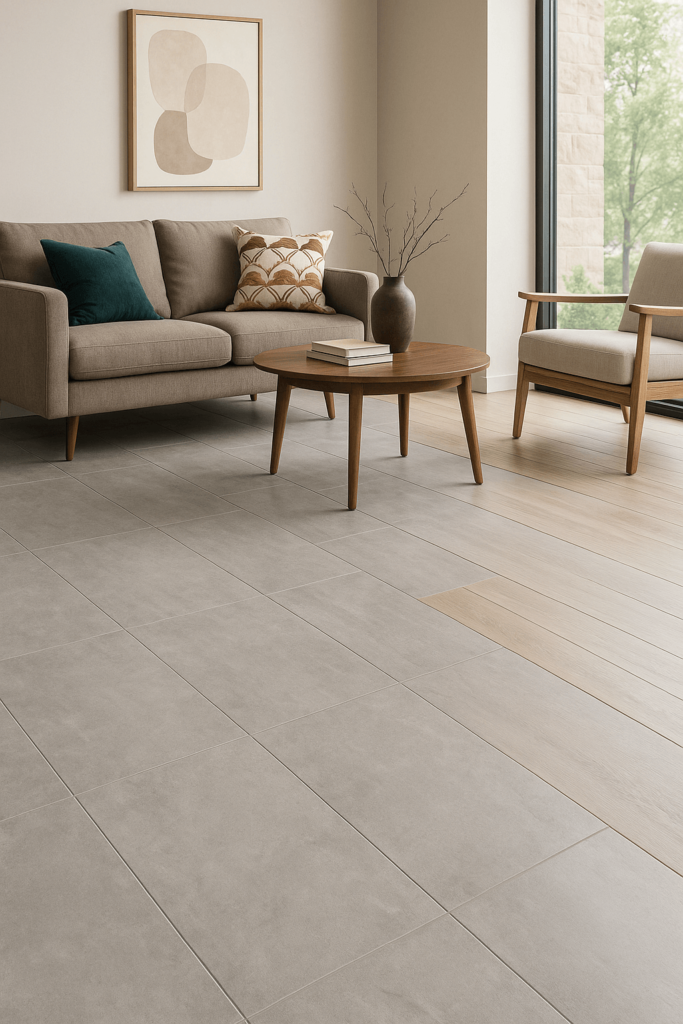
Minimalist appeal continues to drive the popularity of large-format tiles and wider, longer wood planks. These oversized elements create cleaner, more continuous surfaces with fewer grout lines or seams.
In smaller NYC apartments, large-format flooring options can make spaces appear larger and more open. Meanwhile, in more spacious Brooklyn townhomes, these grand proportions create an elegant, unified foundation.
Beyond aesthetics, fewer seams mean easier cleaning and maintenance—a practical consideration that appeals to busy New Yorkers.
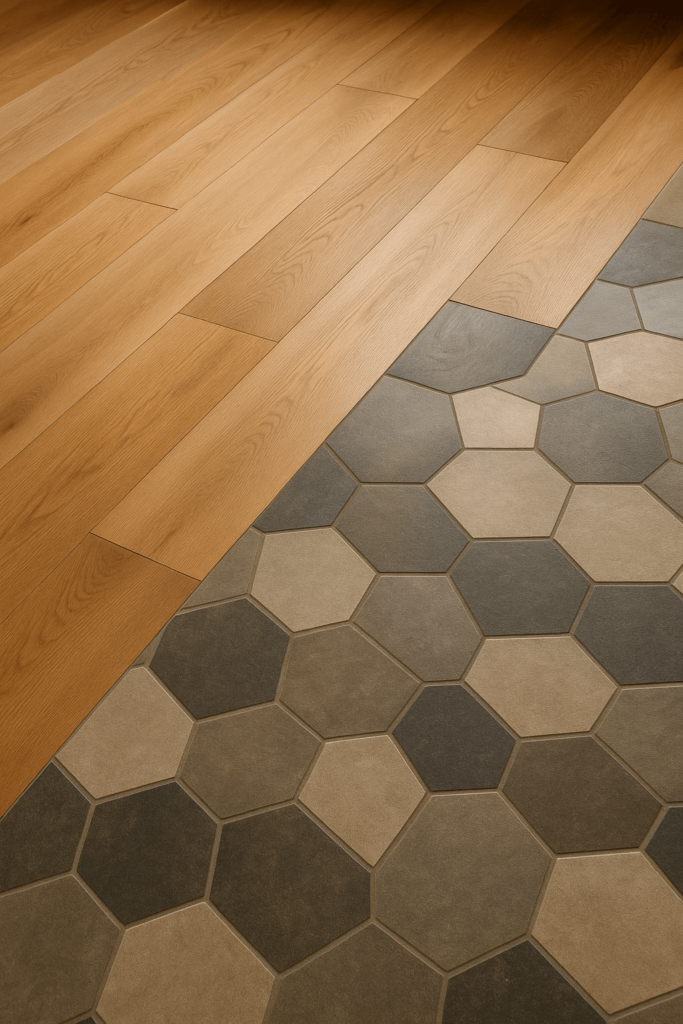
Creative combinations of different flooring materials are redefining how we think about space transitions. Combining tile with wood, incorporating marble borders into hardwood installations, or creating custom inlays has become increasingly popular.
This approach is particularly functional in open-concept spaces, common in renovated NYC lofts and modern apartments, where flooring can help delineate different functional zones without erecting walls. For example, a kitchen area might feature waterproof tile that seamlessly transitions to engineered wood in the dining and living spaces.
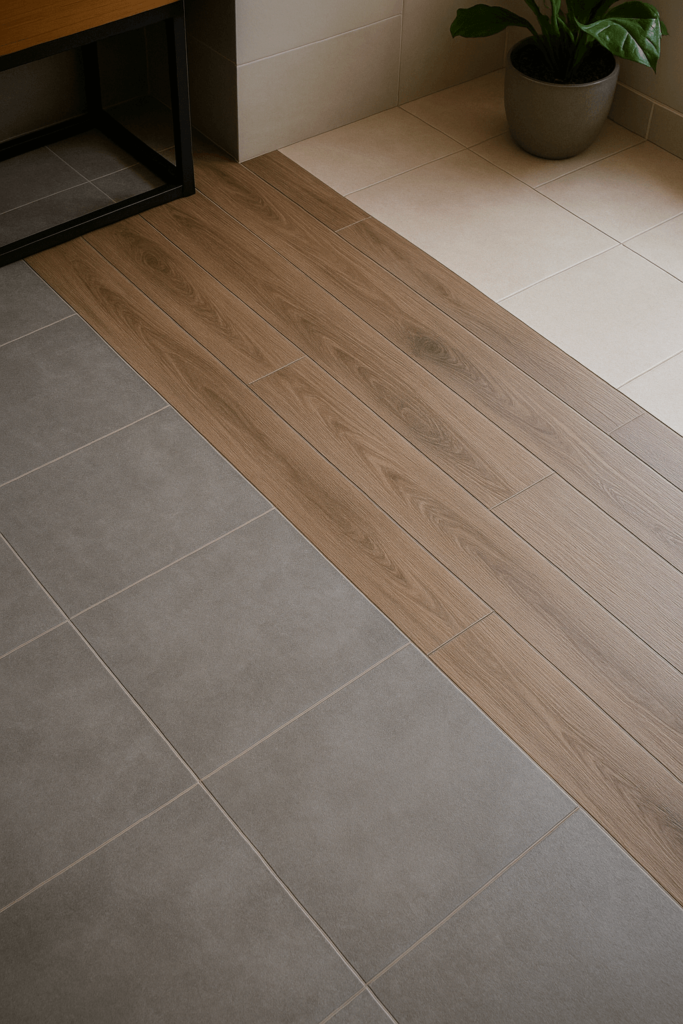
With busier-than-ever lifestyles, low-maintenance but sustainable flooring has become a non-negotiable feature for many NYC homeowners and property investors. The latest scratch-resistant, stain-resistant flooring options balance practicality with style.
Engineered products with enhanced wear layers, ceramic tiles with advanced glazing, and new generations of luxury vinyl offer impressive durability without frequent refinishing or special treatments. These surfaces are especially valuable in rental properties, family homes with children and pets, and high-traffic areas.

Technology integration continues to revolutionize flooring options. Radiant floor heating systems have become more efficient and easier to install, while newer “smart flooring” innovations include built-in sensors that can detect falls or track movement patterns.
In NYC’s older buildings, where heating can be inconsistent, radiant systems provide energy-efficient comfort that’s particularly luxurious during harsh winters. The invisible nature of these systems preserves design integrity while enhancing functionality.
As smart home technology becomes more integrated, expect smart flooring to increasingly serve as part of your home’s interconnected ecosystem rather than simply a surface to walk on.
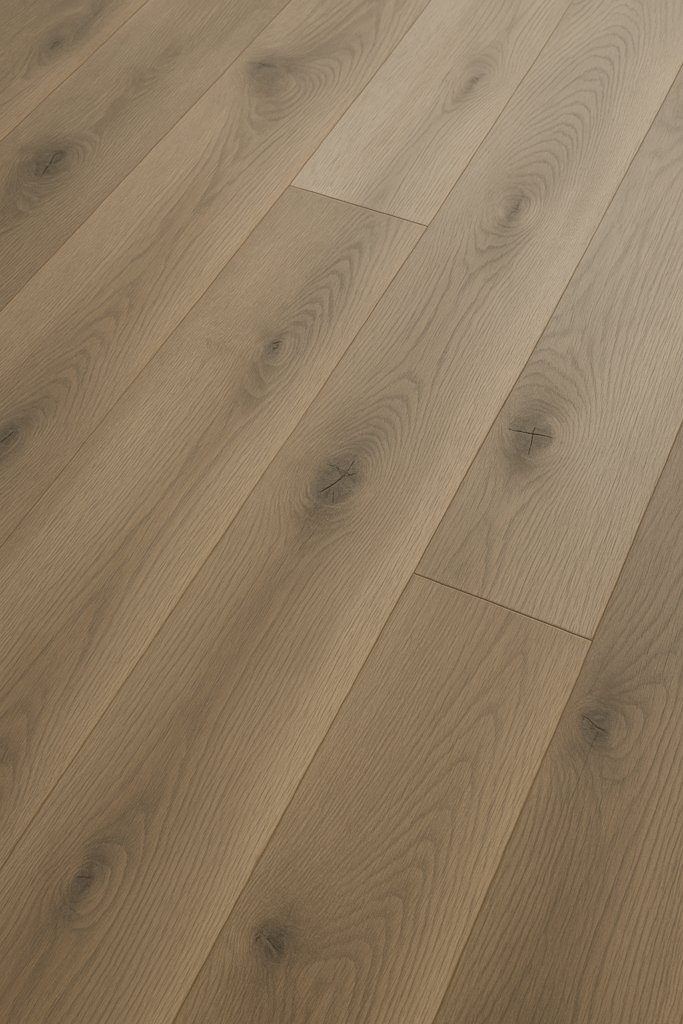
High-gloss floors are giving way to more subtle matte and brushed finishes across all flooring types. These lower-sheen surfaces offer a more natural appearance while also being more forgiving when it comes to showing dust, scratches, and imperfections.
Particularly popular in wood and engineered flooring, these understated finishes complement the authentic, lived-in aesthetic that many homeowners now prefer over perfectly polished surfaces.
The textural quality adds subtle depth without reflecting harsh light, which is especially valuable in NYC apartments with large windows and potential glare issues. These finishes work beautifully with 2025’s overall design direction toward comfortable luxury rather than formal perfection.
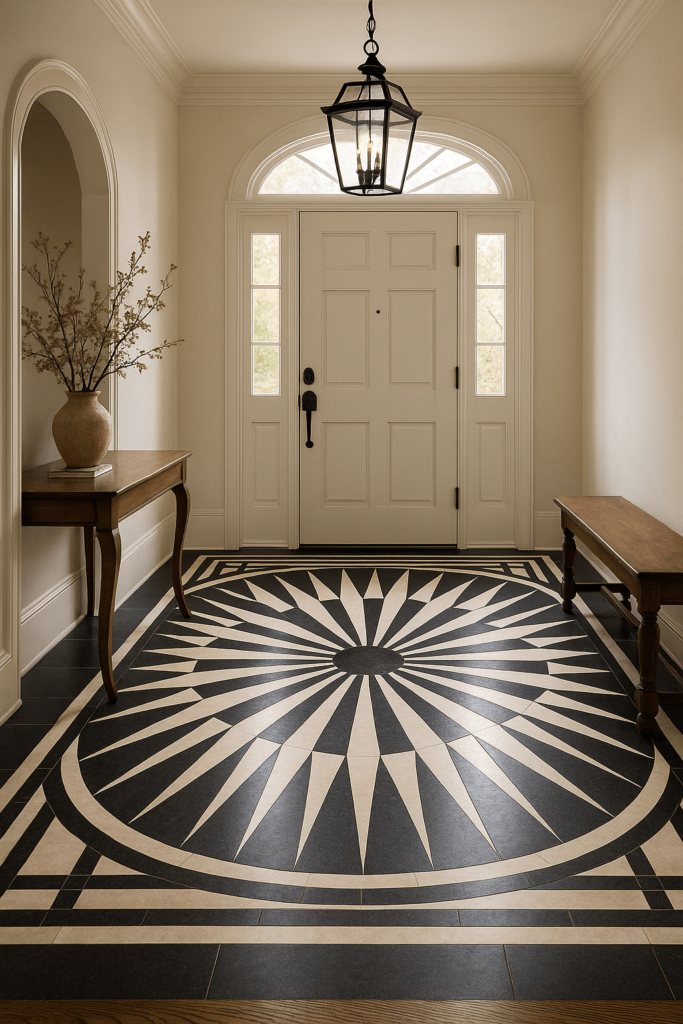
First impressions matter, and 2025’s flooring trends acknowledge this with increased attention to entryway designs. Patterned tiles, dramatic textures, or custom inlays in foyers and entrance halls create an immediate impact.
For NYC apartment dwellers working with limited space, this trend offers an opportunity to make a design statement without overwhelming the entire home. Even modest entryways can feature distinctive flooring that sets the tone for the rest of the interior.
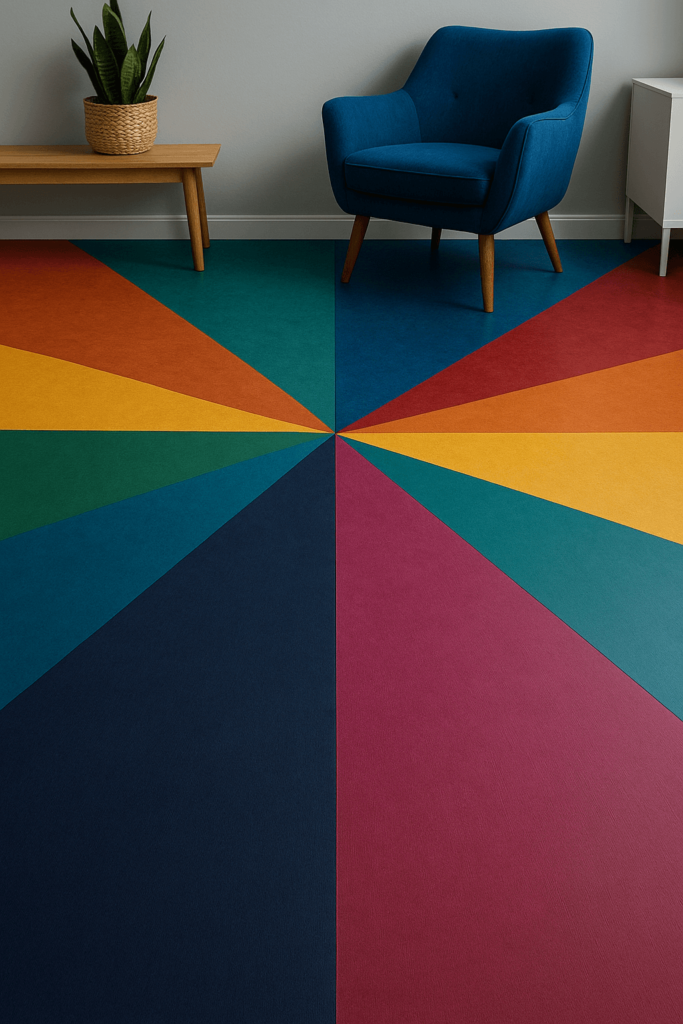
While natural tones remain popular, 2025 has also embraced more dramatic flooring colors for those willing to make a statement. Black-stained wood, navy vinyl planks, and deep, rich neutrals add personality and visual depth.
These bolder choices work particularly well in apartments with abundant natural light or spaces designed around a specific mood or aesthetic. Dark flooring creates a sophisticated foundation that can elevate simple design schemes and make architectural features stand out.
For investment properties or those planning to sell, these distinctive modern flooring ideas might be limited to areas like powder rooms or studies, while primary living spaces maintain broader appeal.
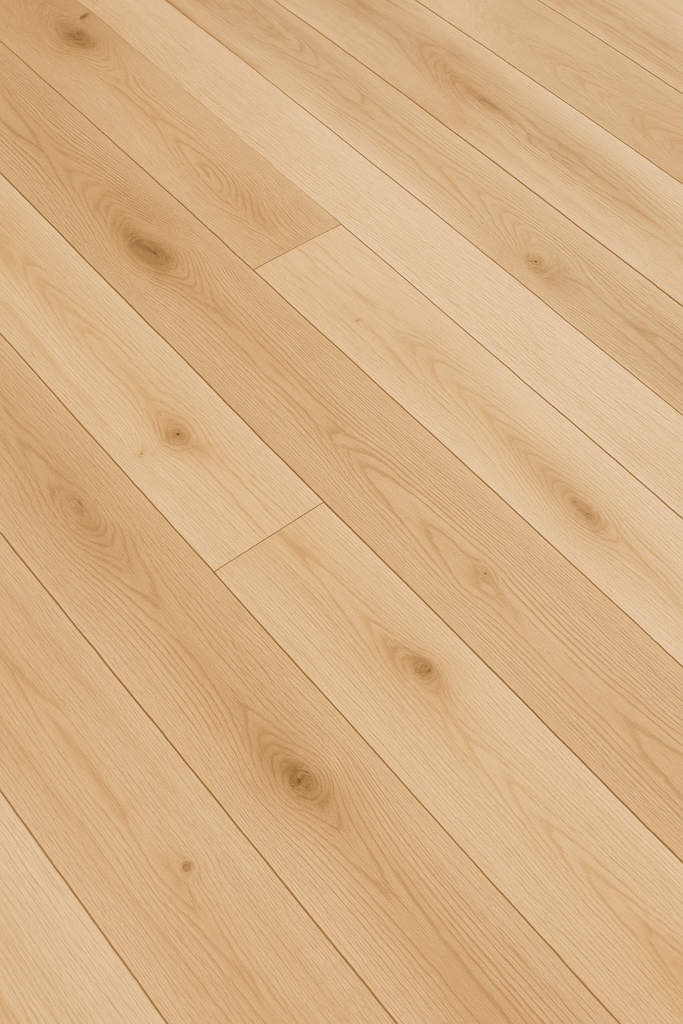
At the opposite end of the spectrum, light wood tones continue their strong presence in 2025’s flooring trend landscape. White oak, ash, light birch, and bleached finishes brighten up spaces and create an airy atmosphere.
These pale foundations work exceptionally well in NYC’s many space-challenged apartments and rooms with limited natural light. The reflective quality of lighter floors helps maximize available illumination while creating a sense of openness.
Light wood tones also provide versatile foundations that adapt easily to changing decor preferences—an important consideration for those who like to refresh their interiors frequently.
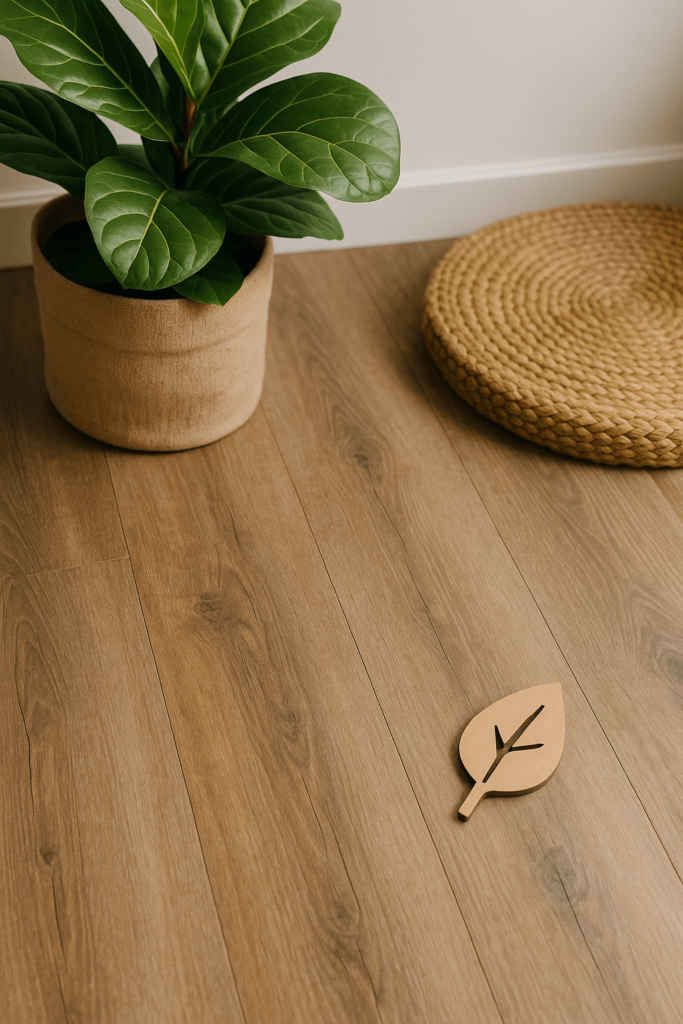
Innovation in manufacturing has produced a new generation of vinyl and composite flooring made from recycled materials and produced through more sustainable processes. These options offer environmental benefits without sacrificing performance.
For budget-conscious renovators or those outfitting investment properties, these eco-friendly flooring materials provide exceptional value while aligning with growing ecological awareness.
Modern luxury vinyl planks and tiles feature remarkable realism, convincingly mimicking wood, stone, and other natural materials. This category represents the intersection of environmental consciousness and practical durability.
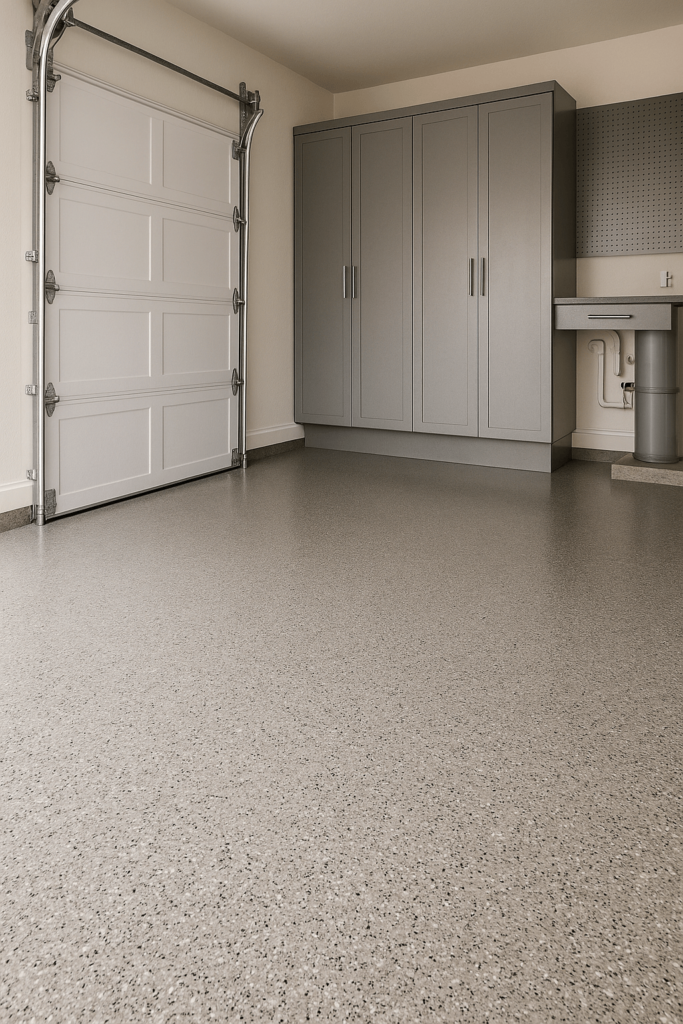
The final trend reflects New York’s premium on space utilization, transforming previously overlooked areas with elevated flooring solutions. Durable epoxy finishes, stained concrete, and specialized rubber tiles are upgrading garages, basement storage areas, and utility spaces.
These high-performance surfaces combine polished aesthetics with exceptional durability, allowing these spaces to serve multiple functions. A garage might now double as a home gym or workshop, while basement utility areas become usable flex spaces.
There’s no one-size-fits-all when it comes to flooring. As you consider which of these 2025 flooring trends might work for your NYC or Brooklyn home, think about your specific lifestyle needs, long-term plans, and design preferences. The ideal flooring choice balances aesthetic appeal with practical considerations like maintenance requirements, durability, and installation complexity.
Thinking of updating your floors?
Contact Next Level Construction for expert guidance on selecting and installing the perfect flooring for your NYC, Queens, and Brooklyn home.

Step into any standout NYC home, and you'll notice it immediately—the floors make a statement. From sustainable bamboo that captures natural light to dramatic herringbone patterns that define luxury, your flooring choice sets the tone for everything above it. In...
Read More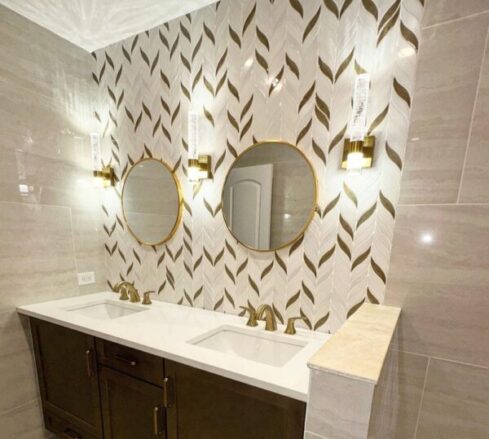
This blog post will provide practical, expert-backed ideas to help homeowners maximize space, style, and functionality in small bathrooms. The goal is to attract urban homeowners in NYC who are looking for space-saving solutions and professional renovation guidance while positioning...
Read More
Imagine walking into your kitchen 10 years from now and still loving every detail—the elegant cabinetry, the classic finishes, and the perfect layout that makes cooking effortless. A timeless kitchen isn’t just about style; it’s about creating a space that...
Read More